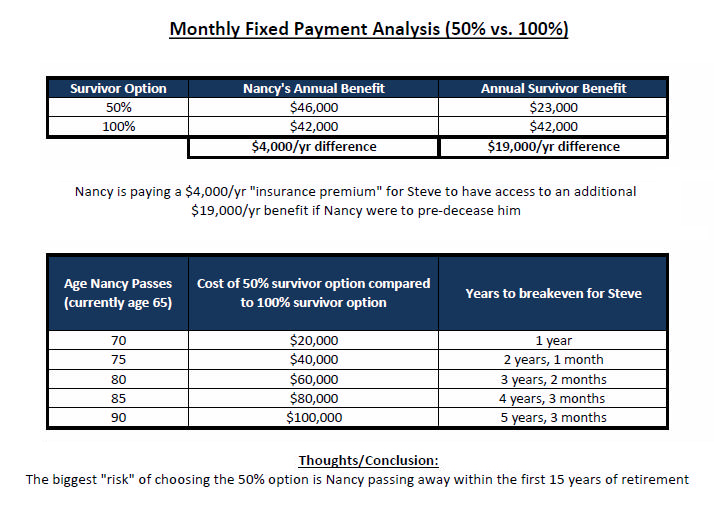Contributed by: Timothy Wyman, CFP®, JD
Are you making charitable contributions in 2018?
There are three parties to every charitable gift; the charity, you, and the tax man. Due to the increased standard deduction, many folks will NOT receive an income tax benefit when making direct contributions to charities. For those over the age of 70.5, consideration should be given to making charitable contributions via your IRA. For those under the age of 70.5 you should consider “bunching” your contributions into one year; a donor-advised fund can be quite useful.
If we have not had an opportunity to discuss either of these strategies, and you expect to make charitable contributions, please feel free to contact our team to discuss your options in making tax-efficient charitable contributions.
Here are two links to articles outlining the QCD strategy.
Required-minimum-distribution-update
Qualified-charitable-distributions-giving-money-while-saving-it
Timothy Wyman, CFP®, JD is the Managing Partner and Financial Planner at Center for Financial Planning, Inc.® and is a contributor to national media and publications such as Forbes and The Wall Street Journal and has appeared on Good Morning America Weekend Edition and WDIV Channel 4. A leader in his profession, Tim served on the National Board of Directors for the 28,000 member Financial Planning Association™ (FPA®), mentored many CFP® practitioners and is a frequent speaker to organizations and businesses on various financial planning topics.
The information contained in this blog does not purport to be a complete description of the securities, markets, or developments referred to in this material. The information has been obtained from sources considered to be reliable, but we do not guarantee that the foregoing material is accurate or complete. Any opinions are those of Timothy Wyman, CFP©, JD and not necessarily those of Raymond James. There is no guarantee that these statements, opinions or forecasts provided herein will prove to be correct. This material is being provided for information purposes only. Any information is not a complete summary or statement of all available data necessary for making an investment decision and does not constitute a recommendation. Every investor's situation is unique and you should consider your investment goals, risk tolerance and time horizon before making any investment. Prior to making an investment decision, please consult with your financial advisor about your individual situation. You should discuss any tax or legal matters with the appropriate professional.

















